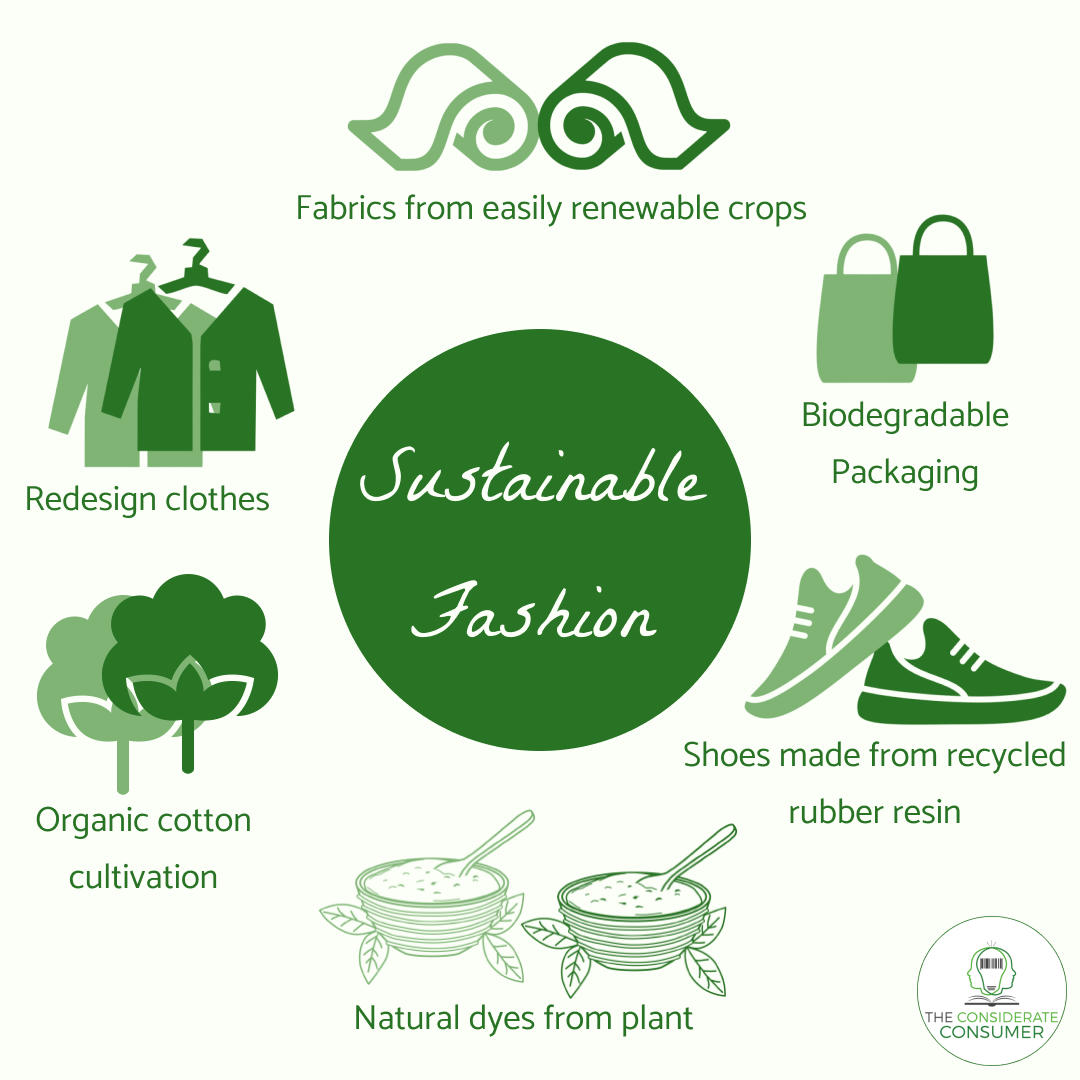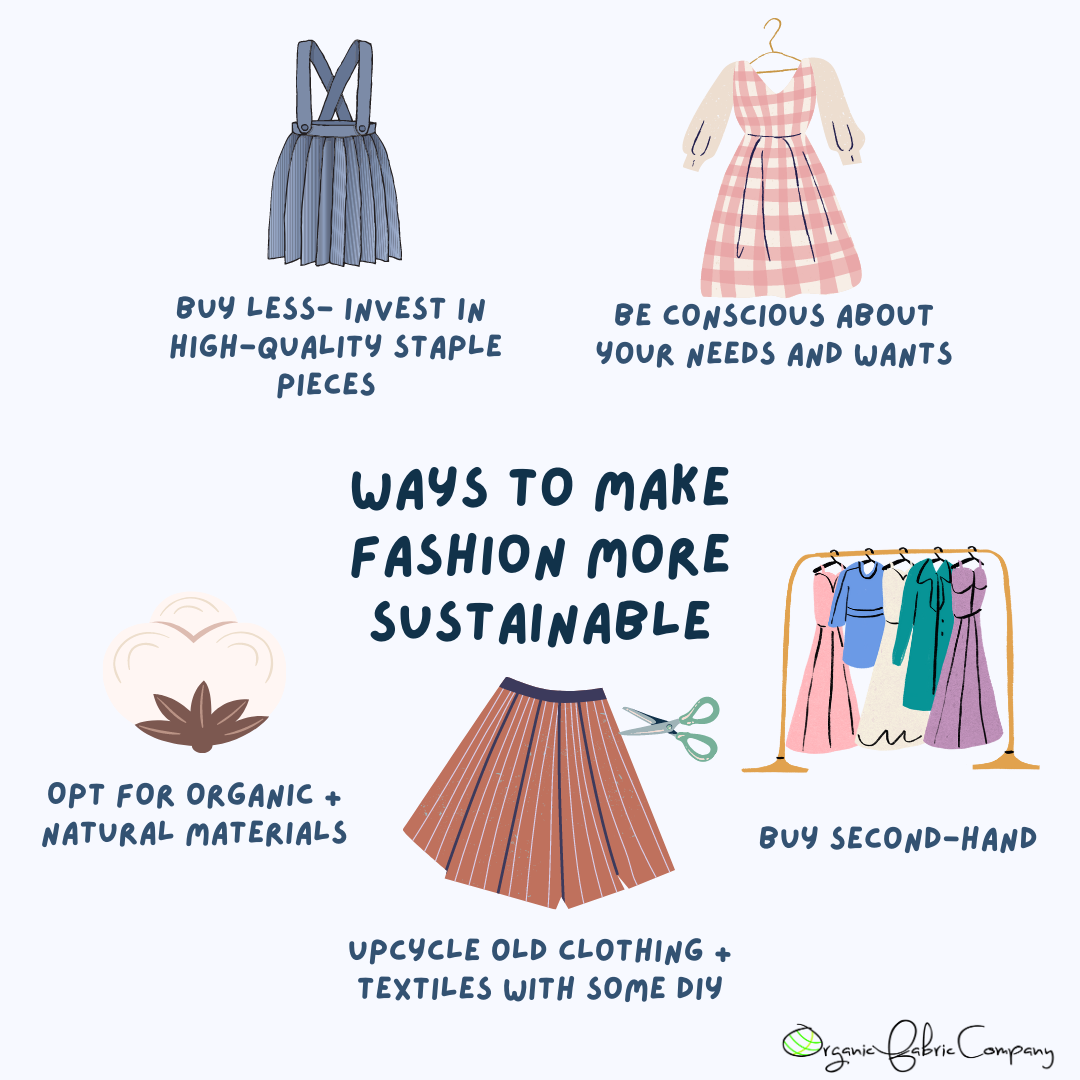The Long Term of Cape Town Sustainable Fashion in the Global Market
The Long Term of Cape Town Sustainable Fashion in the Global Market
Blog Article
Keep Ahead of the Contour by Checking Out Ingenious Fashion Fads
In a market as dynamic as fashion, staying in advance includes more than simply adhering to present trends-- it requires an exploration of advancement. The merging of modern technology and style proclaims a brand-new period of customer engagement.

Accepting Smart Textiles
Recently, the apparel industry has actually seen a transformative shift with the integration of wise textiles, a sophisticated advancement that mixes innovation with material. This advancement stands for not just a fusion of visual appeals and performance however likewise a substantial jump in the direction of sustainability and customization in fashion. Smart textiles, additionally called e-textiles, embed innovative electronic devices such as sensors and conductive strings within the fabric, making it possible for garments to connect with the user or the environment.
These fabrics are created to keep an eye on physiological specifications, such as heart rate or body temperature level, providing real-time wellness analytics. Beyond health applications, smart textiles are additionally being made use of for flexible garments, which can alter color or pattern in action to environmental stimuli, thus using a dynamic style experience.
In addition, the advancement of energy-harvesting fabrics that generate power from activity or sunlight is leading the way for self-dependent wearable modern technology. This innovation is appealing to ecologically mindful consumers and developers aiming to minimize the ecological impact of style. As r & d in this area development, smart fabrics are anticipated to come to be significantly prevalent, improving the landscape of modern-day fashion with their multifunctional capacities.
The Surge of 3D Printing
Transforming the manufacturing landscape, 3D printing has actually arised as a game-changer in the fashion sector. This innovative technology has enabled designers to push the boundaries of imagination, producing complex and personalized garments that were previously inconceivable. By leveraging electronic design and additive manufacturing, 3D printing facilitates the development of complicated geometries and patterns, allowing designers to explore new textures and frameworks.
A notable benefit of 3D printing in vogue is its capability to generate on-demand, reducing waste and lowering stock requirements. This efficiency not only optimizes manufacturing processes but additionally permits for quick prototyping, enabling developers to bring their visions to life in a much shorter timeframe. Furthermore, 3D printing sustains modification somewhat unparalleled by traditional approaches, using one-of-a-kind layouts and individualized fits customized to individual consumer choices.
The increase of 3D printing has actually also equalized fashion, making it obtainable to emerging designers that can now fabricate top quality pieces without considerable economic investment in standard manufacturing infrastructure. As technology remains to advance, the apparel industry is positioned to harness the complete potential of 3D printing, discovering brand-new products and strategies that will most certainly redefine just how fashion is conceived and produced.
Lasting Style Advancements
As the apparel industry faces journalism requirement for environmental responsibility, lasting style advancements have actually arised at the center of transformative adjustment. The expanding understanding of eco-friendly effect has actually sustained a change in the direction of more eco-conscious practices and materials. Designers and brands are now prioritizing sustainability, integrating techniques that minimize waste and lower carbon footprints.
One substantial advancement is the surge of round fashion, which stresses recycling and upcycling to prolong the lifecycle of garments. This technique not only lowers waste yet also urges customers to adopt a much more mindful strategy to garments intake. Additionally, the use of sustainable products, such as organic cotton, hemp, and recycled polyester, has gained grip. These materials call for much less water and power during manufacturing, dramatically lessening environmental effect.
One more breakthrough depends on the fostering of ingenious dyeing strategies that utilize natural dyes or waterless procedures, thus minimizing the large amounts of water and chemicals generally made use of in fabric dyeing. Moreover, innovations in biotechnology have actually resulted in the creation of lab-grown natural leather and textiles, using ecologically friendly and cruelty-free alternatives to standard materials. Via these pioneering efforts, the garment industry is making meaningful official statement strides towards a more sustainable future.

Tech-Integrated Apparel
Tech-integrated clothing stands for a cutting-edge combination of style and technology, reshaping just how individuals connect with their garments. This ingenious domain is marked by the addition of smart fabrics and ingrained electronic elements, improving both functionality and aesthetic charm. From health and fitness trackers installed in sports apparel to warmed jackets regulated via smart device applications, tech-integrated clothing offers customers extraordinary benefit and versatility.
Introducing brands are driving this fad, concentrating on developing garments that reply to environmental stimulations or individual commands. For example, some garments can change shade or pattern in feedback to temperature level changes, while others include biometric sensors to keep track of health metrics like heart rate or stress degrees. The seamless combination of modern technology into fabrics also reaches environmental sustainability, with efforts to establish self-cleaning materials or garments that get used to climate condition, hence reducing the demand for numerous layers.
Furthermore, the advent of wearable technology is not just restricted to apparel however encompasses devices like watches and glasses, further broadening the range of tech-integrated fashion. As the market remains to introduce, the potential for customization and personalization in apparel expands, using customers special, tech-enhanced fashion experiences that accommodate their specific demands and preferences.
Future of Virtual Fashion
Recently, the future of virtual fashion has arised as a transformative force within the market, leveraging developments in electronic modern technology to redefine just how style is created, experienced, and taken in. By integrating enhanced truth (AR), online truth (VIRTUAL REALITY), and 3D style tools, developers can currently craft immersive and interactive experiences that go beyond traditional fashion boundaries. Digital fashion allows for the development go to my blog of garments that exist entirely in electronic atmospheres, providing endless opportunities for development without the restrictions of physical production.
This digital shift not only offers chances for imaginative expression yet also addresses sustainability concerns fundamental in traditional fashion practices. Cape Town Sustainable Fashion. By removing the demand for physical sources, virtual style reduces waste and minimizes carbon impacts. Furthermore, the surge of virtual fashion lines up with the increasing customer need for customized and unique experiences, as online garments can be tailored and tailored to private choices with convenience

Final Thought
The style sector's future lies in the assimilation of lasting methods and cutting-edge modern technologies. Digital style is positioned to redefine customer interactions.
In recent years, the style sector has observed a transformative shift with the combination of clever fabrics, a cutting-edge advancement that mixes technology with material.As the fashion industry grapples with the pushing requirement for ecological duty, sustainable fashion advancements have emerged at the center of transformative modification.In current years, the future of online style has actually arised as a transformative force within the industry, leveraging advancements in electronic modern technology to redefine exactly how style is developed, experienced, and eaten. The surge of online style lines you could look here up with the raising customer demand for unique and tailored experiences, as digital garments can be tailored and tailored to individual choices with ease.
The fashion sector's future lies in the assimilation of sustainable techniques and innovative technologies.
Report this page